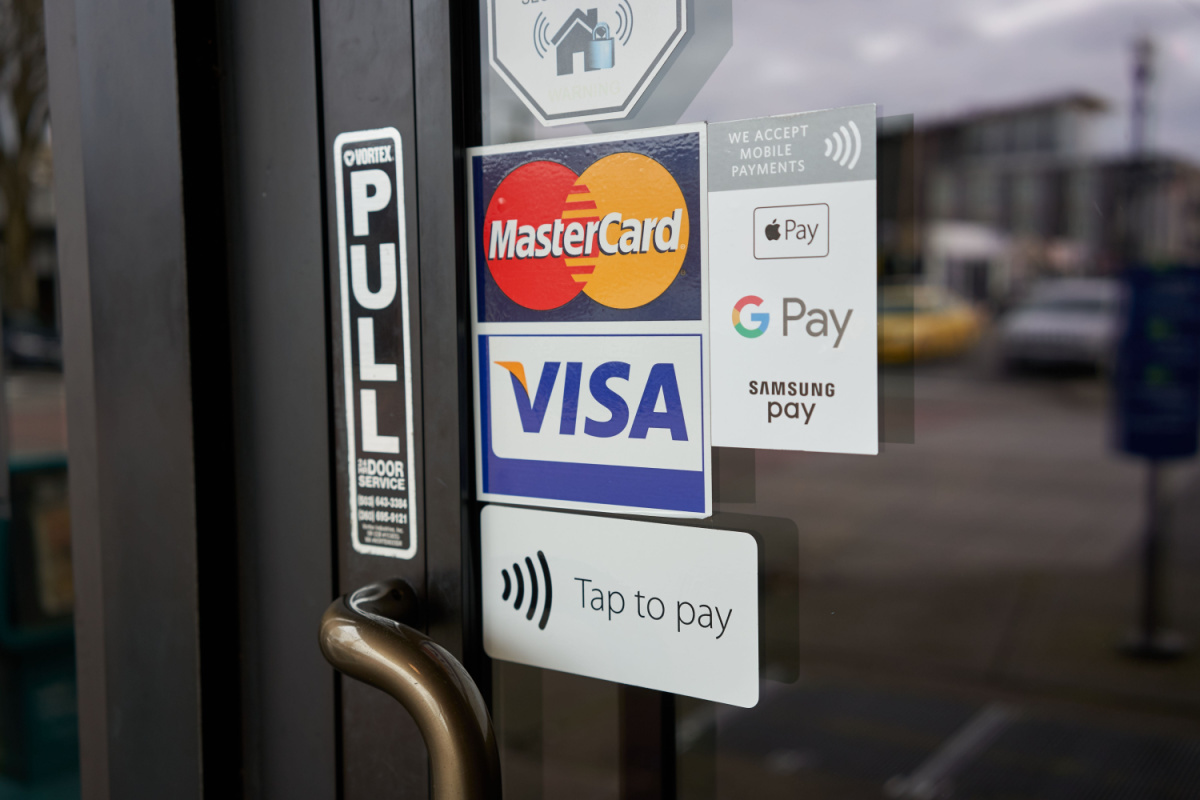
New Paysafe research highlights shifting attitudes on gambling payments
Interest in alternative payments on the rise
Recent research by financial services company Paysafe has reported the evolving payment preferences among online sports bettors, including those in Canada. This study surveyed 3,000 participants across various legal gambling regions, including Ontario, and found that attitudes to payments were shifting to alternative and local payment methods.
The research reveals that 78% of bettors consider the payment experience crucial when choosing to continue with an online sportsbook. Local payment methods (LPMs), which are only available in one country, like Interac and digital wallets, are increasingly preferred, with 17% of bettors favoring LPMs, aligning with trends in other regions like the United States.
Globally, debit cards and digital wallets are the top payment choices, with debit cards preferred by 38% of bettors and digital wallets by 37%. However, the preference for digital wallets rises among VIP players, who bet 5-7 times weekly.
The study also touches on the growing interest in alternative payment methods (APMs), including cryptocurrencies. According to a 2022 Bank of Canada report, Bitcoin ownership decreased from 13% in 2021 to 10% in 2022 amidst a backdrop of price declines and tighter regulations.
Despite the volatility in the market, the research finds that 50% of players are interested in using crypto payments where available – this is highest in the U.S., where 58% of players would consider using the option.
“Our latest research clearly indicates the value of payments to online sportsbook operators at all stages of the player experience. Operators that optimize their payment offering will gain a competitive advantage when starting their brand’s relationship with new bettors,” said Zak Cutler, President of Global Gaming at Paysafe.
“Given the correlation between the payment experience and brand loyalty, operators can maximize player retention by getting payments right. This includes upgrading their cashiers to cover all possible payment choices to meet evolving transactional expectations.”